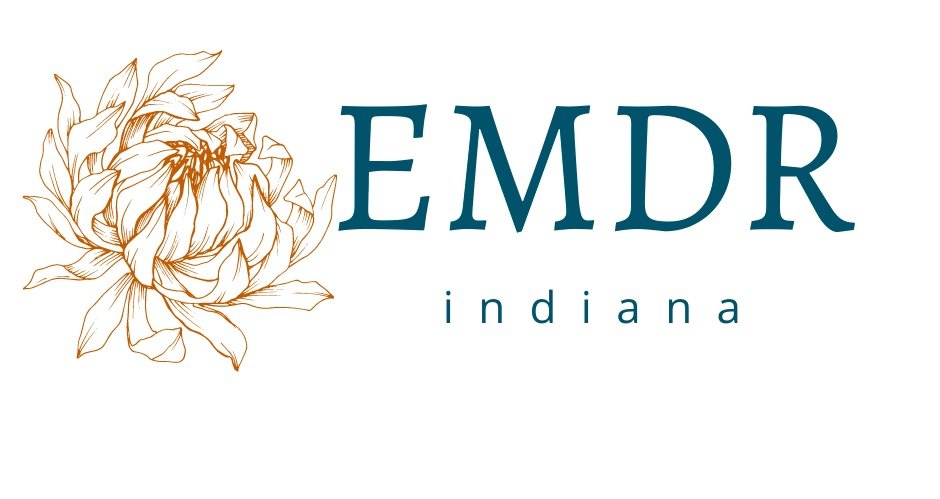Your Guide to EMDR
Navigating the path to mental well-being can feel like a journey through uncharted territory. Among the myriad of therapeutic approaches out there, one that stands out for its unique approach to healing is Eye Movement Desensitization and Reprocessing, or EMDR. Developed by Dr. Francine Shapiro in the late '80s, EMDR has become a beacon of hope for many dealing with the shadows of trauma. Let's take a closer look at what EMDR is and how it might help you or someone you love find the way back to peace.
What Exactly is EMDR?
Imagine for a moment that your mind can heal from emotional pain just as your body recovers from a physical injury. That's the core idea behind EMDR. It's a form of therapy designed to help you process and move past traumatic or troubling experiences. Dr. Shapiro discovered that through guided eye movements, we could potentially reduce the intensity of distressing memories, much like how our body naturally works to heal a wound.
A Closer Look at the EMDR Process
Embarking on EMDR therapy is like setting out on an eight-phase journey toward healing:
Getting to Know You: It all starts with your story. Where you've been, what you've faced, and what you hope to heal.
Preparing for the Journey: Before we dive in, we'll talk about what to expect and build a foundation of trust and safety.
Mapping the Memory: Together, we'll pinpoint a specific memory to work on, along with the emotions and beliefs tied to it.
Processing the Pain: Through guided eye movements or other bilateral stimulation, such as hand tappers, we'll start to gently work through the distress linked to your memory.
Instilling Positivity: We'll focus on strengthening positive beliefs about yourself.
Scanning the Body: We'll tune into your body, addressing any remaining tension or discomfort.
Wrapping Up: Each session ends by bringing you back to a state of balance.
Reflecting on the Journey: We'll look back to see how far you've come and where you'd like to go next.
The heart of EMDR lies in its use of eye movements (or other forms of bilateral stimulation) to help your brain process and heal from trauma. It's a bit like the mental equivalent of REM sleep, where your brain works through the day's emotional experiences.
The Healing Potential of EMDR
EMDR isn't just about working through trauma; it's a pathway to reclaiming your life from various forms of emotional distress, including anxiety, depression, panic attacks, and more. It's a therapy recognized worldwide for its effectiveness, with countless individuals finding relief and a renewed sense of peace.
Is EMDR Right for Me?
Deciding to start EMDR therapy is a personal choice, one that should be made in consultation with a professional who's trained in EMDR. It's about finding the right fit for you and your unique experiences. If you're curious about whether EMDR could be a helpful part of your healing journey, reaching out to a therapist could be a great first step.
Final Thoughts
EMDR represents a hopeful, healing light for many navigating the aftereffects of trauma and emotional pain. If you're on a quest for peace and healing, it could offer a promising path forward. Remember, reaching out for help is a sign of strength, and the journey to healing starts with that first, brave step.
